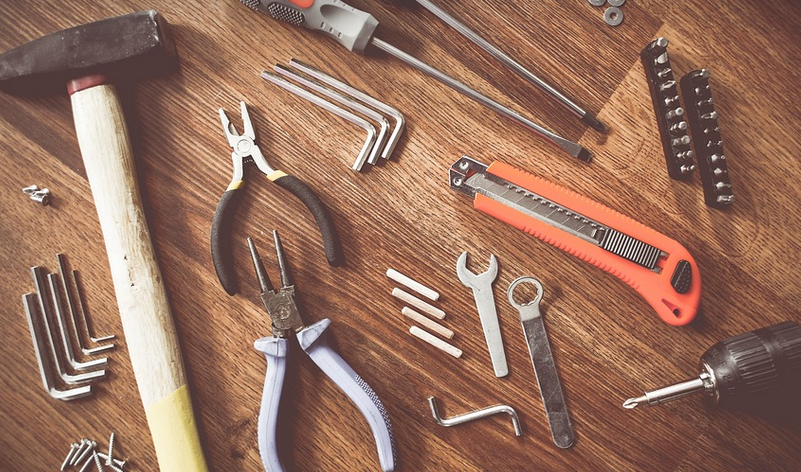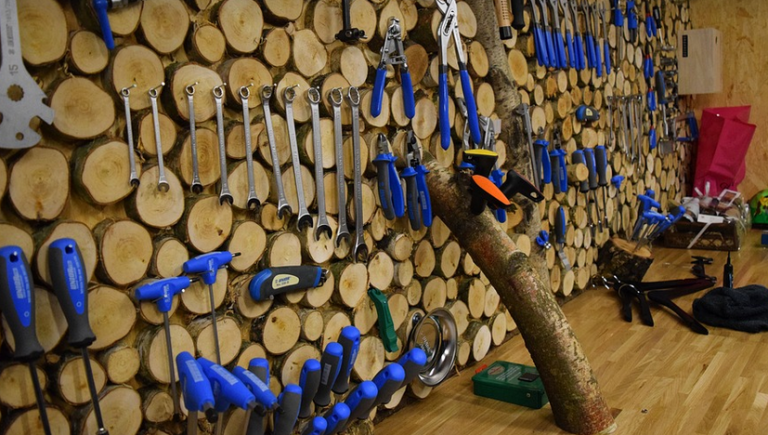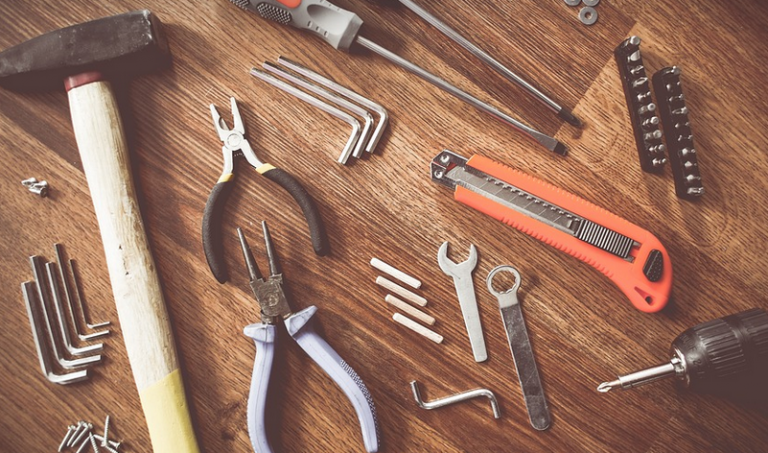
Mastering the Mighty Forklift
Ever wondered how those enormous, powerful machines move and lift heavy loads around warehouses, construction sites, and even factories? You’re probably thinking about forklifts. But have you ever stopped to think about what exactly makes them tick? What is a fork truck, anyway?
Well, put your curiosity to ease: a fork truck, also known as a forklift, is essentially a special kind of vehicle designed to handle the heavy lifting of goods and materials. It’s not just any old vehicle; it’s a carefully engineered marvel of engineering with a unique ability to lift and move loads using its signature forks.
Imagine this: You have an enormous crate full of delicate antique furniture, or maybe a stack of stacked pallets brimming with heavy machinery. These are the kinds of loads that forklifts can handle with ease. They’re like mechanical arms designed to grab things and maneuver them around, no matter how big or awkward they might seem.
But what makes a fork truck tick? What sets it apart from your regular vehicle? Let’s dive into the heart of this powerful machine.
The Anatomy of a Forklift
A fork truck’s strength and versatility come from its unique design, allowing it to navigate even the most challenging workspaces. It boasts several key components that make it so effective:
**1. The Mast:** The mast is the backbone of a forklift – it’s the long, sturdy metal pole that extends vertically to reach impressive heights. Imagine a telescopic ladder extending into the air—that’s what the mast does! It gives the forklift its height advantage.
**2. The Forks:** These are the iconic part of any forklift. They are large and robust, resembling big metal T-shaped arms that extend out from the mast. Their job is to pick up loads of varying sizes, shapes, and weights – from boxes and containers to heavy machinery.
**3. The Counterweight:** To achieve its lift capacity, a forklift needs counterbalance. Counterweights are strategically placed on the base of the truck to create a perfect balance, making sure it can handle even the heaviest loads safely.
**4. Batteries or Diesel Power:** A fork truck runs on two main power sources – batteries for short-distance mobility and diesel engines for longer trips and heavier lifting. The choice depends on the specific model and job requirements.
The Forklift in Action: More than Just Lifting
Forklifts aren’t just giant, mechanical arms that lift things; they are crucial workhorses in various industries.
**Warehouse Work:** Forklifts are the unsung heroes of warehouses and distribution centers. They efficiently move heavy boxes, stacked pallets, and large containers, ensuring smooth operations and swift delivery of goods across the globe.
**Construction Sites:** On construction sites, forklifts are essential for moving materials like bricks, blocks, stone, sand, aggregates, and timber to different locations within the project. Their ability to lift heavy loads makes them invaluable in site preparation and building activities.
**Factories and Manufacturing:** Forklifts play a vital role in factories and manufacturing plants, carrying raw materials, packaging components for production, and transporting finished products to storage areas or delivery vehicles.
**Other Notable Applications:** Forklifts also find use in agriculture and other industries where heavy-duty lifting is needed.
Safety First: Forklift Operation
While forklifts are incredible machines designed to make our lives easier, they require utmost care and responsibility when operated.
**Operator Training:** Only trained professionals should operate a forklift; their skills are essential for safe operation.
**Maintenance & Inspection:** Regular maintenance and pre-shift inspections are crucial to prevent accidents and ensure the forklift’s reliable performance.
**Safety Procedures:** A strict adherence to safety procedures while operating a forklift is paramount for preventing injury or damage to property.
The Future of Forklifts: A Green Revolution?
As environmental concerns increase, the future of forklifts looks promising! New technologies are emerging that promise to revolutionize the industry and make it even more efficient and eco-friendly.
**Electric Forklifts:** The transition towards cleaner technology is evident in the increasing adoption of electric forklifts. These environmentally friendly machines are quieter, emit zero emissions, and can help reduce our carbon footprint.
**Autonomous Forklifts:** The future of work is increasingly automated, and this holds true for forklifts as well! Autonomous forklifts, capable of navigating complex environments without human intervention, are being developed, promising increased efficiency and safety.



